"Chan and tea as one" is a cultural inheritance that deeply integrates the tranquil mindset of Chan meditation with the elegant rituals of tea ceremony. Pu'er tea, with its mellow and lingering infusion, time-honored charm, and unique "improving with age" characteristic, serves as an ideal carrier for Chan tea practice. To truly grasp the essence of Chan tea, one must integrate mental cultivation into the refinement of techniques. This article will systematically explain the brewing methods, cultural origins, and mind-cultivation essentials of Pu'er Chan tea, guiding you to perceive the tranquility and wisdom of "tea-Chan harmony" in each brew and sip.
1. Chan Tea as One: The Core Practice System of Pu'er Chan Tea
(1) Warming and Purifying Utensils: Establishing the Energy Foundation of Chan Tea
Warming and purifying utensils form the opening ceremony of Chan tea, serving not only physical cleaning and preheating but also as a "mind-gathering and tranquility-entering" practice starting point, establishing a pure energy field for the entire tea event.
Core Principles of Temperature Control
Thoroughly rinse all utensils (teapot, fairness cup, tasting cups, etc.) with boiling water to ensure room-temperature utensils are fully heated to near boiling temperature. This step's key role is: preventing sudden temperature drops of the tea infusion due to heat absorption by cold utensils during subsequent brewing, ensuring stable release of Pu'er tea's internal substances; simultaneously, high temperature purifies residual odors in utensils, infusing the tea with "pure energy" and initiating the sacredness of the tea gathering.
Chan Significance and Energy Science in Utensil Selection
Chan tea emphasizes the influence of utensils on water quality and energy, with cast iron pots, silver pots, and other metal utensils preferred. From an energy perspective, metal's thermal conductivity and stability can "activate" water molecules, enhancing water's penetrability to better release Pu'er's rock rhyme and aged fragrance; from a Chan perspective, cast iron's solid texture and silver's Warm quality naturally calm the mind upon contact, aligning with the Chan practice requirement of "focusing the mind on one point." Avoid plastic, inferior porcelain, and other utensils that easily retain odors or carry chaotic energy.
(2) Awakening the Tea: Stirring Pu'er's Vital Energy

(3) Water: The "Source of Life" in Chan Tea
Water is the soul of tea. Chan tea has unique exquisite for water selection and activation, embodying the ancient wisdom of "five elements mutual generation" and natural energy.
Water Activation Principle: "Water Comes Alive Through Earth"
Chan tea holds that water's vitality relates closely to container material. Earthenware jars preserve water's "life force" better than plastic or glass – their porous structure absorbs impurities while releasing natural minerals, softening water for a smoother, sweeter infusion. Practically, tap water (or spring water) left in an earthenware jar for over 12 hours produces softer, more aromatic Pu'er infusions with lasting fragrance.
Energy Enhancement: Five Elements Wisdom of "Metal Generates Water"
Following the five elements principle that "metal generates water," metal kettles (especially cast iron) enhance water's energetic properties. When boiling, trace iron elements Integration water (harmlessly) balance pH and reduce water molecule clusters, enabling better penetration of Pu'er's dense structure to release deep-layered flavors. When boiling, note: after boiling, uncover and simmer for 30 seconds to reduce "fire energy" and avoid heat water quality.
Traditional Activation Method: Symbiosis of Stone and Water
In ancient methods, placing natural stream pebbles in earthenware jars further enhances water activity. Long water-polished pebbles contain natural minerals and "water memory," slowly releasing trace elements to mimic "spring water freshness." Such water significantly improves Pu'er's sweetness and complexity.
(4) Core Brewing Elements: Stillness Governing Movement, Mind Guiding Tea
Chan tea brewing values "mind-hand coordination" over "showy skills," allowing Pu'er's natural flavors to emerge through focus and awareness.
Water Pouring Method: Chan Concentration in Water Flow
Pour water "slowly, steadily, and mindfully," streaming thinly along the pot wall or gaiwan edge to avoid stirring up leaf crumbs. Observe flow speed and leaf movement to ensure even hydration. This "slow pouring" cultivates the brewer's focus, calming the mind with the water flow and preventing hasty mistakes.
Steeping Time: "Following Nature" After Awakening
With thorough prior awakening, Pu'er's substances are primed for release, requiring no long steeping:
Infusions 1-3: 5-10 seconds for initial aroma awakening;
Infusions 4-6: 10-15 seconds for full flavor development;
After infusion 7: Extend by 5-10 seconds per infusion until flavor fades.
The core principle is "adjusting to tea nature," flexibly determining timing based on previous infusion taste, embodying the non-attachment, non-rigidity of Chan.
Release Principle: Flavor Secrets of Quick Brewing
Post-awakening, Pu'er (especially aged varieties) has loosened cell structures. High-temperature water + short steeping optimally releases color and substances: stimulating aromatics (aged, jujube notes) while avoiding excessive Tea polyphenols extraction that causes bitterness. This "quick pouring" technique resembles "momentary awareness" in Chan, precisely capturing the tea's optimal release timing.
(5) Serving Tea: Equality and Respect in Water Flow
Serving Essentials: Uniformity and Gentleness
Slowly and evenly pour tea from the fairness cup into each tasting cup, ensuring consistent strength (expressing "equanimity"). Keep the water flow close to cup edges to avoid splashing or excessive foam, maintaining infusion integrity. Mentally recite "Chan and tea as one, sharing purity" to transmit intention through action.
Purpose and Effect: Protecting Taste and Mindset
Slow serving maintains clarity and prevents "taste changes" from violent impact (which destabilizes active substances). This "gentle operation" creates a serene atmosphere, calming drinkers while awaiting their tea, preparing them for tasting.
(6) Tasting the Infusion: A Mind-Body Awareness Journey
Tasting is Chan tea's "gathering" phase, completing comprehensive Pu'er perception and mental cultivation through observation, smelling, drinking, and feeling.
Plain Tasting Steps: Activating Sensory Awareness
Observing Color: Note infusion hue (light orange for new Pu'er, amber for aged), transparency, and luster to assess quality and brewing state;
Smelling Aroma: First detect lid or cup-bottom cold aromas, then hot infusion scents, appreciating layers (aged, woody, jujube notes) to sense the tea's "life story";
Slow Tasting: Hold infusion in the mouth, swirling to coat the tongue tip (sweetness), surface (freshness), bottom (bitterness), and cheeks (astringency), then swallow slowly to experience throat rhyme and aftertaste.
Cup-Holding Methods: Expressing Mindset Through Demeanor
Cup-holding reflects not just etiquette but inner state:
Men: Fist-style: Gently grip the cup body with the thumb resting on the rim, steady and powerful, embodying "calmness like mountains";
Women: Orchid-finger style: Lightly support the base with index and middle fingers, thumb gently touching the rim, elegant and soft, showing "flexibility like water."
The core is "naturalness without affectation," avoiding stiffness or exaggeration to harmonize body with utensils.
Tasting Skills: Chan Insights in Flavors
Pu'er offers rich tastes (sweet, astringent, bitter, sour, fresh). Tasting requires setting aside preferences to objectively observe flavor rise and fall: aftertaste following bitterness resembles growth through life's difficulties; sweet lingering finish mirrors Chan's "path of ordinary mind." Savoring infusion changes reveals the Chan truths of "impermanence" and "gratitude."

2.Deep Understanding of Chan Tea: Pu'er's Wisdom from Culture to Spirituality
Chan tea's "meaning" lies not just in techniques but cultural origins and spiritual cultivation. As a Chan tea carrier, Pu'er bears millennia of tea-Chan integration history and life wisdom.
(1) Definition of Chan Tea: Soul Resonance Between Mind and Tea
Core Concept: Purity of Mind as Essence
Chan tea centers on "pure mind," integrating Chan's awareness and focus into every tea ceremony step. It is not merely "brewing + meditation" but cultivating a "no-wandering-thoughts, non-attachment-to-form" mindset through utensil preparation, water selection, brewing, and tasting. For Pu'er Chan tea, it means "using tea as a mirror to see one's true nature," understanding "all phenomena are impermanent" through infusion strength changes.
Tea Master Standards: Awakening and Infusing
A true Chan tea master must "awaken the tea's life and infuse soul into the infusion": not only excitation Pu'er's best flavors through technique but also "bless" the tea with their pure mind, letting drinkers feel tranquil energy beyond taste. This ability stems from deep tea nature understanding and long-term Chan practice, beyond mere technical skill.
Misconception Warning: Avoiding Formalistic "Fake Chan Tea"
"Chan tea" lacking pure mind and cultural understanding easily becomes ritualistic performance: overemphasizing complicated ceremonies while neglecting inner focus; pursuing expensive rare utensils without understanding water and tea properties. True Chan tea "values essence over form" – even with earthen pots and spring water, pure intention and correct technique can brew Pu'er's Chan Charm.
(2) The Book of Songs and Tea: Tea-Chan Genes in Ancient Culture
Tea and Chan integration is no coincidence. Tea's purity has connected with spiritual practice since pre-Qin times.
Tea Meaning in Classics
Ancient texts like The Book of Songs imply tea's ability to "awaken the spirit and purify the mind," reflecting ancient recognition of tea's role in clearing the head and refreshing the spirit – aligning with Chan's "not drowsy, not over-excited" state. Pu'er's mellow endurance makes tasting a continuous "awakening practice," ideal for maintaining focus during long meditation.
Cultural Integration: Seeing Nature and Tea's True Flavor
Chan's "seeing one's true nature" naturally merges with tea's "authentic taste" (unadulterated natural flavor). Pu'er's minimal processing (withering, drying) preserves natural properties; Chan emphasizes "directly pointing to the mind," discarding external decoration. Both convey "returning to authenticity" wisdom.
(3) Tea's History and Spiritual Nature: From Medicine, Tribute to Practice Tool
Pu'er's history is a sublimation from material to spiritual, with its spiritual value perfectly matching Chan practice needs.
Ancient Medicinal Use: Detoxification and Purification
Shennong's legend records "encountering 70 poisons in a day, cured by tea," showing tea's origins as a detoxifier. Rich in Tea polyphenols and flavonoids, Pu'er is still recognized for "clearing bodily toxins," aligning with Chan's "body-mind purification" – physical purity lays the foundation for mental clarity.
Royal Tribute and Ritual Use: Rising Sacredness
Historically, tea evolved from folk medicine to royal tribute and sacred ritual offering to heaven, earth, sun, moon, and ancestors. Pu'er's storability and "longevity" symbolism made it ideal for ceremonies, expressing gratitude to nature and reverence for life. This "sacredness" connects with Chan tea's "respecting tea as Buddha," both stemming from gratitude for natural gifts.
Dual Spiritual Roles: Bridge for Body-Mind Practice
Pu'er offers dual value to practitioners:
Physiologically: Mildly stimulates the central nervous system, maintaining alertness without excitement, suitable for meditation focus;
Spiritually: Its "improving with age" characteristic symbolizes "practice requiring perseverance," while bitter-sweet infusion metaphor "life's hardship-to-joy transformation," serving as a "mind mirror" for Chan practitioners.
(4) Chan Tea Brewing Philosophy: Following Nature, No Hurry
Pu'er Chan tea brewing embodies "gradual progress, respecting laws" philosophy, aligning with Chan's "following natural way."
Gradual Process: Rhythm of Life Growth
Chan tea compares brewing to "life practice":
Awakening resembles "infant awakening," initial activation of life potential;
First 3 infusions like "youth," vibrant with high aroma;
Middle-late infusions like "maturity and old age," rich and profound with lingering charm.
This analogy reminds brewers to respect the tea's natural release rhythm, like honoring each life stage – no rushing, no neglect.
Avoiding Urgency: Rejecting "Running Just After Waking" Brewing
Chan tea opposes "impatient" methods: long steeping without full awakening or pursuing "quick strong infusions" – like "violent exercise Just after waking," harming tea nature and taste. Correct practice: give sufficient awakening time, let steps flow naturally, embodying "serene ease" in Chan.
(5) First Infusion Quality Assessment: Harmony of Aroma and Taste
Chan tea holds that a quality Pu'er's first infusion best reveals its nature, emphasizing "aroma-taste integration."
Quality Standard: Aroma Harmoniously Merged into Infusion
Excellent Pu'er Chan tea's first infusion aroma should not "float externally" (strong lid aroma but weak taste) but "harmoniously merge into the infusion" – naturally Dissemination when smelling, with aroma rising from the throat after sipping, creating "aroma in infusion, infusion containing aroma rhyme." This "aroma-infusion unity" signifies high-quality Pu'er with proper storage.
Assessment Method: From External to Internal Awareness
Assess by first observing clarity (no impurities), then smelling lid aroma (no off or musty odors), finally tasting: quality tea feels smooth, with simultaneous aroma and taste and quick aftertaste; inferior tea has weak or harsh aroma, thin infusion, or even warehouse smell/astringency. This assessment trains "awareness," sharpening sensitivity to subtle differences – itself a Chan practice.

3. Knowledge Summary: Key Points of Pu'er Chan Tea
Pu'er in the context of Chan tea mean unites technique and mind. From focused utensil warming to patient awakening, from steady water flow to mindful tasting, each step is "living in the present" Chan practice. When you awaken Pu'er's authenticity with pure mind and treat each cup with respect, you enter the "Chan-tea unity" realm – where tea becomes not just a beverage but a mirror to one's true nature, a bridge connecting nature and spirit. In Pu'er's mellow charm, experiencing Chan's tranquility and wisdom – this is the ultimate meaning of Chan tea.


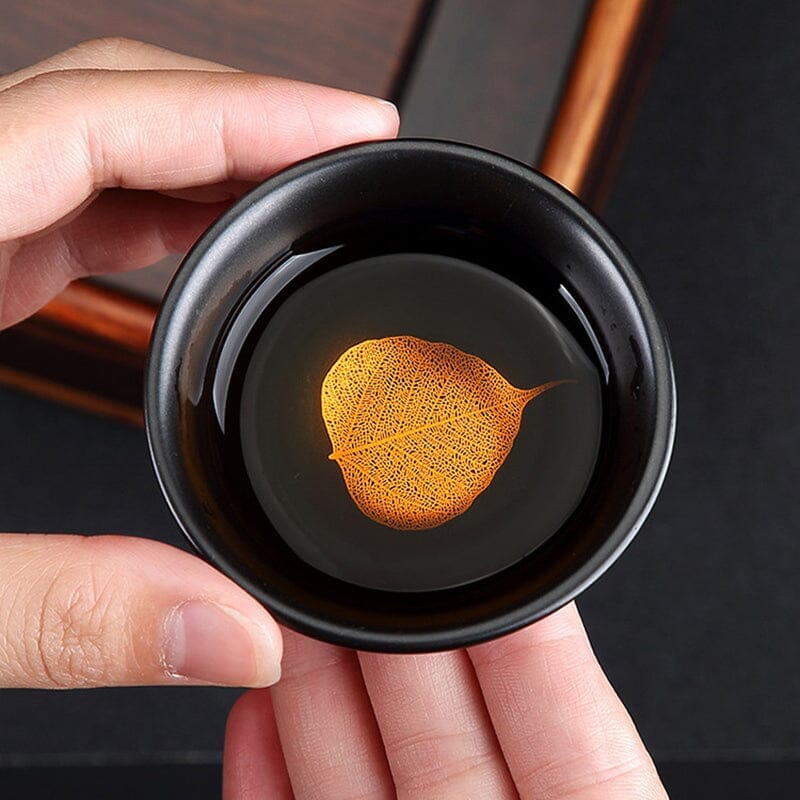
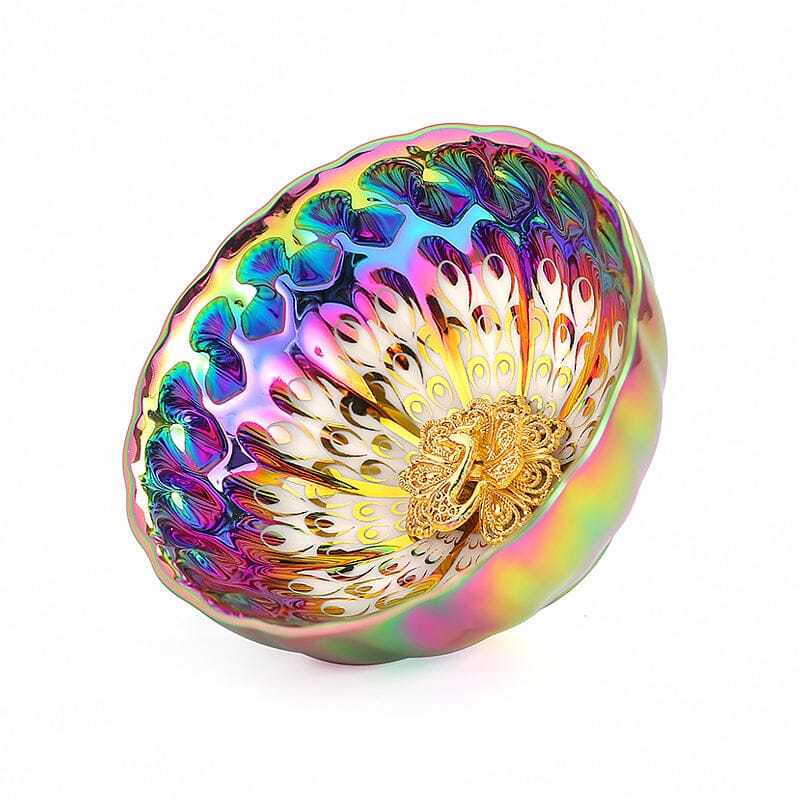


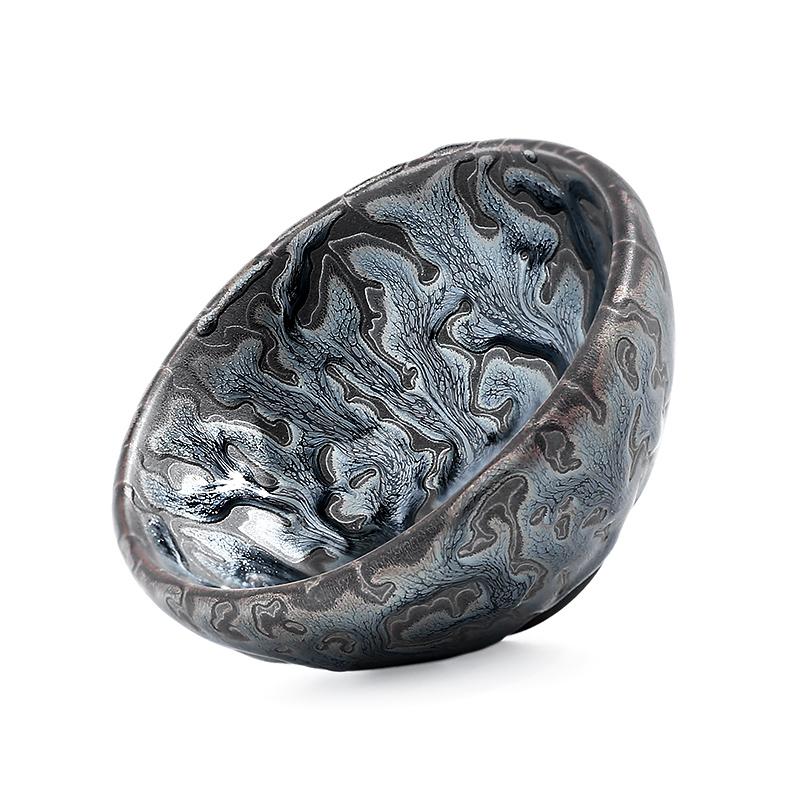
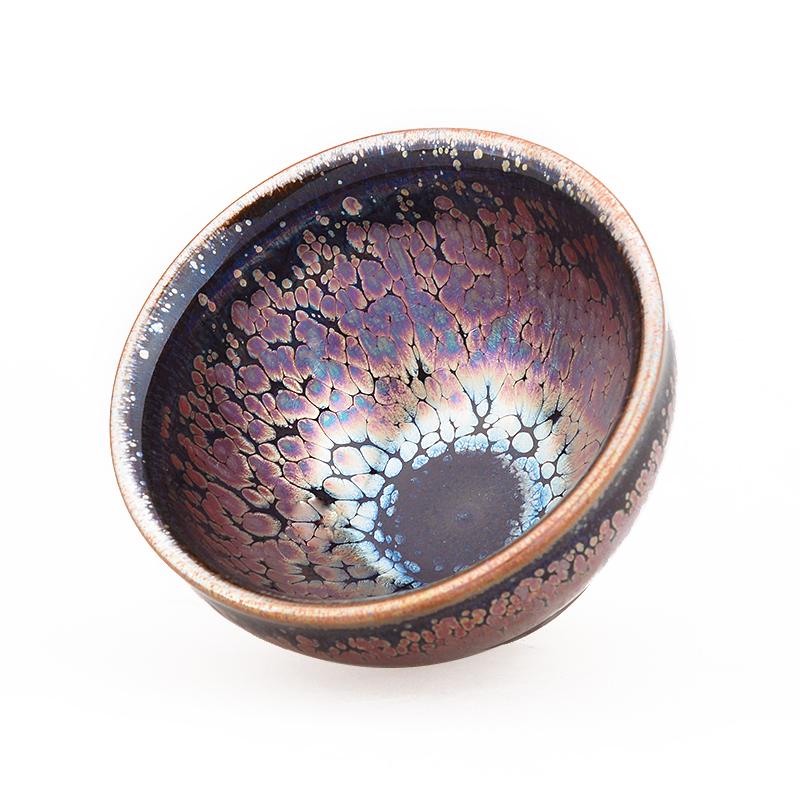
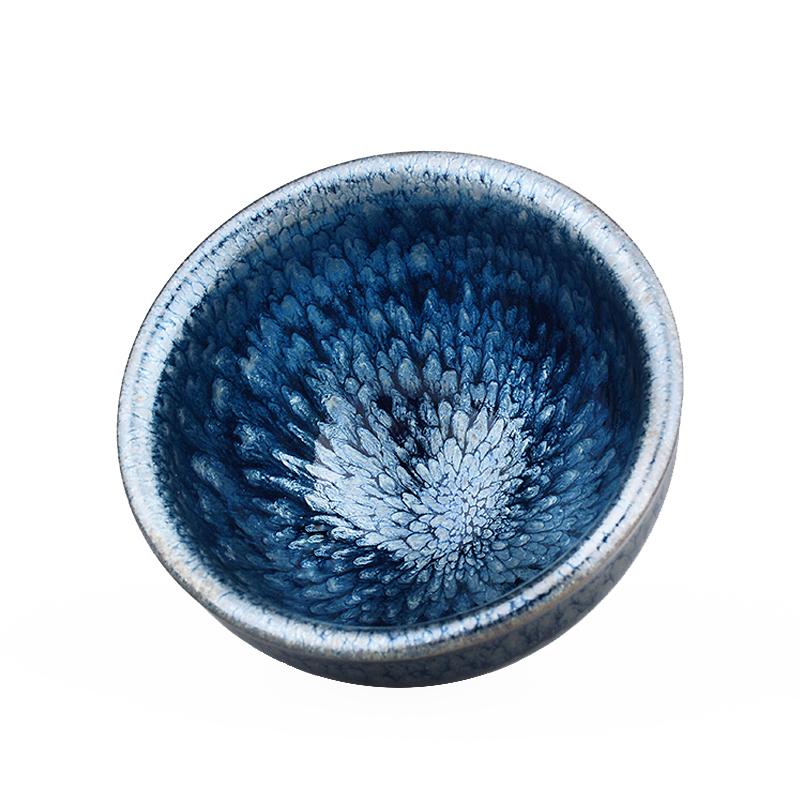
Aktie:
The Appearance and Hairstyle of Tea Drinkers
The Meaning of Chan Tea: Pu'er (Part II) – A Guide to Deep Integration of Mindset and Technique